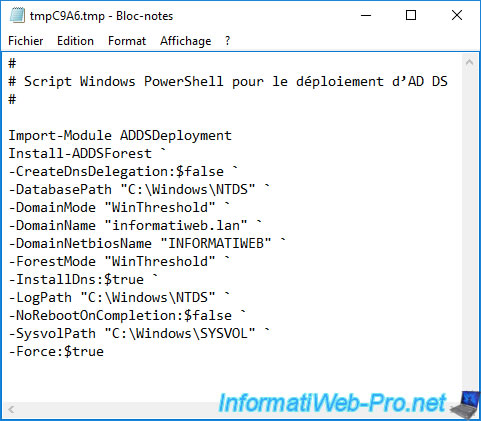

HKLM\System\CurrentControlSet\Services\Netlogon\Parameters\Sysvol If the File Replication Service has been successfully initialized to replicate the contents of the SYSVOL folder and replication is healthy, it sets the registry key ‘ The SYSVOL migration procedure does not begin if the SYSVOL share is not being shared out by the domain controller. Monitoring tools such asįigure 2: The 'SysvolReady' registry key. The SYSVOL share is listed if it is being shared out by that domain controller.ī) Validate that FRS replication is healthy.

It is highly recommended to validate the health of the File Replication Service before commencing the migration process.Ī) Ensure that SYSVOL is shared out by the domain controller. ’ button to raise your domain functional level to Windows Server 2008.įigure 1: Raise the domain functional level to 'Windows Server 2008'. ’ from the drop down list and click the ‘ In order to raise the domain functional level to ‘Windows Server 2008’:ĭ) Select the domain whose functional level is to be raised from the left hand side pane and select ‘ Once all domain controllers have been migrated to Windows Server 2008, the domain administrator is ready to raise the domain functional level to ‘Windows Server 2008’ domain functional level. Therefore, the first step in the SYSVOL migration process is to upgrade all domain controllers to Windows Server 2008.

The domain functional level needs to be raised to ‘Windows Server 2008’ domain functional level before SYSVOL migration can commence. If the term ‘PREPARED state’ draws a blank, head on over toįor a quick review of the SYSVOL migration process. This article explains how to migrate replication of the SYSVOL share to the ‘PREPARED’ state. Keeping this background information in mind, we’re now ready to start the actual SYSVOL migration process. Previous articles in this series contained an introduction to the SYSVOL migration procedure and explained how the Dfsrmig.exe tool can be used for SYSVOL migration.

First published on TECHNET on Mar 05, 2008


 0 kommentar(er)
0 kommentar(er)
